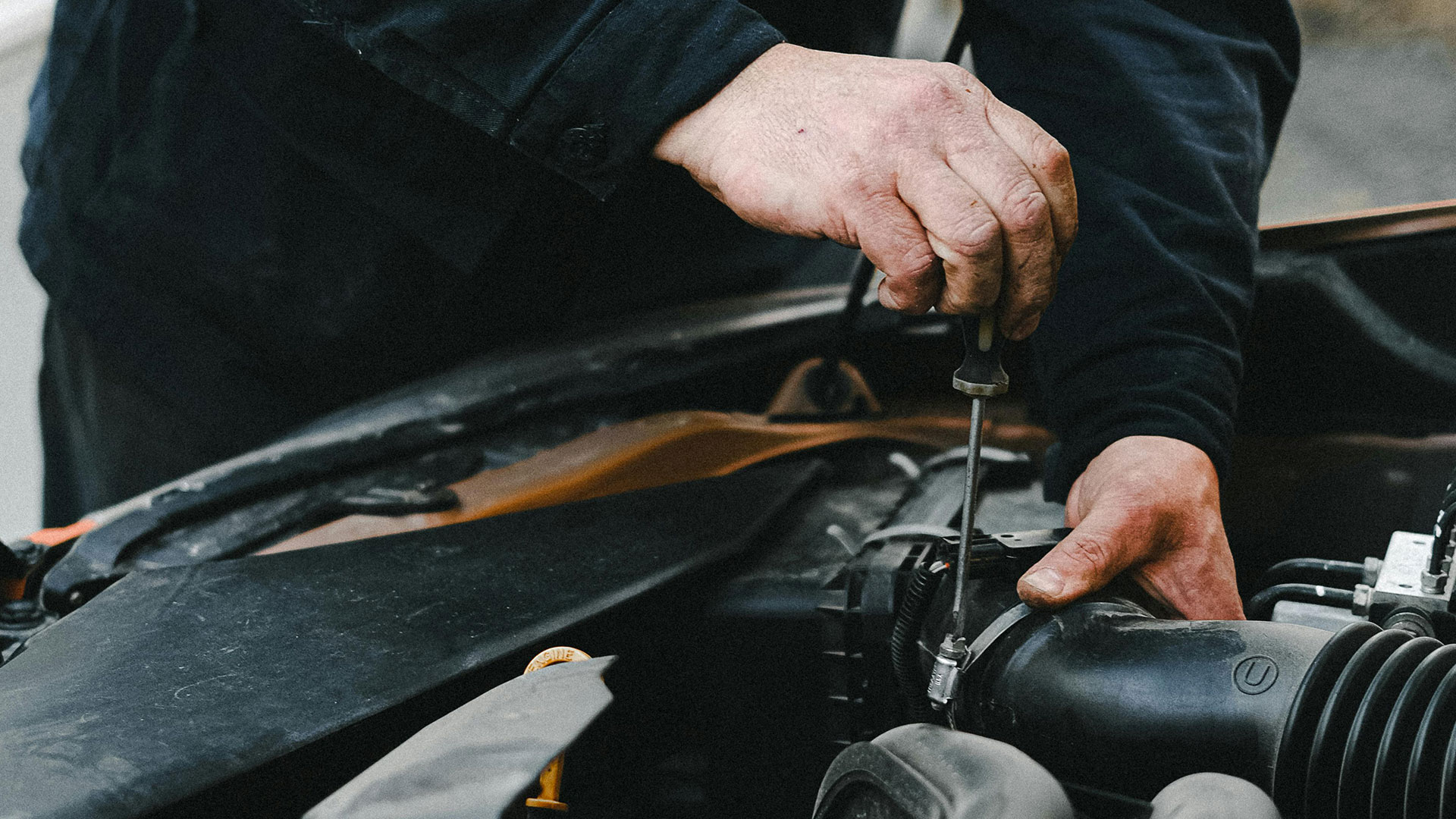Once upon a time, cars were built to outlive their owners. A well-loved Honda or a beat-up Toyota pickup could keep chugging along for what felt like forever with just a little TLC. They were made with thick steel, simple mechanics, and engines that could take a beating. Fast forward to today, and cars are packed with more tech than a spaceship but seem to start falling apart right after you make that last payment.
If you’ve ever wondered why your grandpa’s old Buick is still puttering around while your neighbor’s 2018 luxury sedan has spent more time in the shop than on the road, you’re not imagining things. Newer vehicles might be sleeker, smarter, and safer, but they don’t have the same staying power. And if you’re not ready to buy a new car every few years, you’ll want to pay attention.
So, what changed? Let’s take a look.
Why Newer Cars Don’t Last Like They Used To
Too Much Technology, Too Many Headaches
These days, cars are basically rolling computers. From touchscreen controls to self-parking features, they do just about everything—except hold up as long as the old ones did.
The problem? All that fancy tech comes with complex wiring, delicate sensors, and pricey repairs. If an infotainment system goes haywire, you’re looking at a bill that could hit thousands. A glitchy lane assist sensor? That’ll be at least a grand to fix. And if your push-to-start button decides it no longer wants to start? Well, good luck getting anywhere without a tow truck.
Back in the day, the worst electrical problem you had was a blown fuse or a radio that only picked up static. Now, a simple software issue can disable half your dashboard.
Engines Are Built for Efficiency, Not the Long Haul
Modern engines are all about squeezing out better gas mileage and lower emissions. Great for your wallet at the pump, not so great for long-term durability.
Take turbocharged engines. They’re smaller but still push out a lot of power. The downside? That extra boost puts them under a ton of stress, which means expensive failures down the line. If a turbo goes bad, be prepared to fork over a few thousand dollars to get your car breathing again.
And transmissions? Some manufacturers have ditched the old-school, tough-as-nails setups for fancy “maintenance-free” versions. Sounds nice until they start acting up and you find out they’re sealed shut—so instead of a simple fluid change, you’re stuck replacing the whole thing for several thousand dollars.
Cars Just Aren’t Built to Last Anymore
Once upon a time, automakers wanted their cars to last a lifetime. Now? They want you back at the dealership every few years signing papers on something new.
Many modern parts are cheaper to replace than repair, and some components are straight-up designed to be disposable. Plastic engine parts that crack under heat, thin aluminum panels that crumple at the sight of a shopping cart, sealed transmissions that won’t let you do basic maintenance—these aren’t flaws. They’re part of the business model.
How to Keep Your Newer Car Running Longer
Just because modern cars don’t have the legendary durability of their older counterparts doesn’t mean you’re doomed. Here’s how to keep yours going strong and avoid getting hit with brutal repair bills.
1. Stick to a Maintenance Routine
(Even If They Say You Don’t Need To)
A lot of newer cars advertise “lifetime” transmission fluid or say you only need an oil change once a year. Trust us, that’s a good way to end up with a very expensive surprise.
- Get oil changes more often than the manual suggests, especially if you drive in stop-and-go traffic.
- Change transmission fluid before it turns into sludge (even if the dealer tells you it’s “lifetime”).
- Keep an eye on turbocharged engines—they need a little extra care to avoid an early retirement.
Avid Home Auto makes this easier by throwing in free lifetime maintenance with every plan. So you don’t have to worry about skipping the basics that keep your car running longer.
2. Don’t Ignore the Little Things
A weird noise? A flickering dash light? A slight hesitation when shifting gears? These are your car’s way of begging for help.
A failing transmission doesn’t usually quit all at once—it starts with little hiccups before turning into a full-blown meltdown. A minor electrical issue can go from an occasional annoyance to a dashboard that looks like a Christmas tree. If something feels off, get it checked before it turns into a four-figure repair bill.
With Avid Home Auto, you won’t have to stress about the cost when something does go wrong. We’ve got your back.
3. Get a Protection Plan Before You Actually Need It
Let’s face it—newer cars will break down eventually. And when they do, the repair costs can be ridiculous. Instead of rolling the dice on whether your car will make it another year without an expensive surprise, locking in a vehicle service contract now means you’re covered before disaster strikes.
Avid Home Auto makes it simple, with affordable, flexible plans that can be started for as little as $49.99. That means no scrambling to pay for a major repair, no surprise costs, and no panic when the check engine light pops on.
The Bottom Line
Newer cars might not last like the old ones, but that doesn’t mean you’re out of luck. With the right maintenance, some smart planning, and a solid vehicle service contract, you can keep your ride on the road long after the manufacturer hoped you’d trade it in.
So if you’d rather avoid a $5,000 repair bill for a failed transmission or a $3,500 replacement turbo, let Avid Home Auto help keep your car protected. Because while cars may not last forever, your protection plan can.
